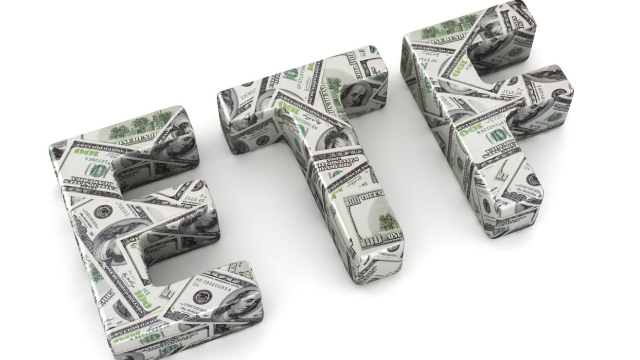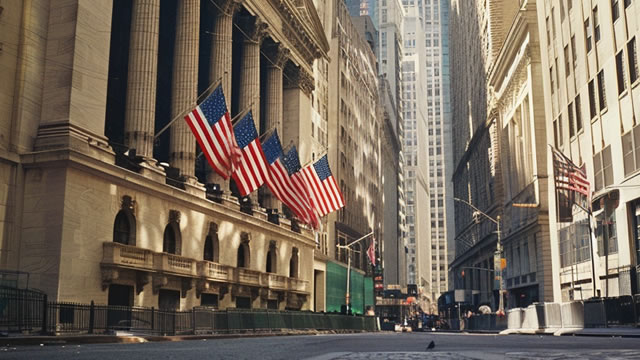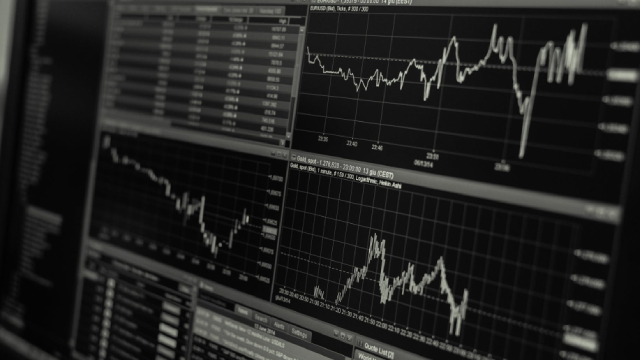
Financial Select Sector SPDR Fund (XLF)

XLF: 3 Reasons Why I Am Not A Buyer
The Financial Select Sector SPDR Fund offers exposure to U.S. financial services but has underperformed the S&P 500 since inception. XLF's concentrated portfolio features top holdings like Berkshire Hathaway and JPM, yet its diversification is enhanced by their varied business segments. XLF's historical risk-adjusted returns lagged the broader market, with higher volatility and lower compensation for added risk.

Should You Invest in the Financial Select Sector SPDR ETF (XLF)?
Looking for broad exposure to the Financials - Broad segment of the equity market? You should consider the Financial Select Sector SPDR ETF (XLF), a passively managed exchange traded fund launched on December 16, 1998.

The Calm Before the Storm? 3 Top ETFs to Fortify Your Portfolio in Q4
ETFs like XLK, XLU, and XLF offer diversification and sector strength to help investors brace for Q4 market uncertainty.

XLF: Financials Appear Primed For More Record Highs (Rating Upgrade)
The Financial Select Sector SPDR Fund ETF is upgraded from hold to buy, supported by strong fundamentals and technical momentum. XLF offers diversified exposure to US financials, reasonable valuation with a 17.9x P/E, and a PEG ratio of 1.6x. Liquidity is robust, and the ETF is set for a record dividend year, with bullish seasonal trends emerging despite historical September weakness.

XLF: An Attractive Blend Of Financial Stocks And A Low Cost
XLF offers an attractive, diversified mix of financial stocks, including banks, insurers, payment processors, and private market leaders, balancing growth and defensiveness. The ETF's ultra-low 0.08% expense ratio and industry-leading scale make it the most cost-effective and efficient way to gain financial sector exposure. While XLF trades at a historically high valuation, this is in line with broader market trends, and sector-relative valuation remains reasonable.

Should You Invest in the Financial Select Sector SPDR ETF (XLF)?
Designed to provide broad exposure to the Financials - Broad segment of the equity market, the Financial Select Sector SPDR ETF (XLF) is a passively managed exchange traded fund launched on 12/16/1998.

Financial ETF (XLF) Touches New 52-Week High
XLF hits a new 52-week high, fueled by surging bank stocks and strong capital buffers across financial giants.

Bull Market Ahead for Financial ETFs?
Financial sector rallies as Fed rate cut hopes and easing regulations fuel a 22.94% jump in the Dow Jones U.S. Financials Index.

Tech, Financials, Industrials: 3 Leading Sectors of 2025
As we hit the halfway point of 2025, the year has proven anything but calm. Markets have faced several challenges, from geopolitical tensions and new tariffs to potential shifts in fiscal and monetary policy.

XLF Has Big Downside Risk
I rate XLF a Sell due to concerns about valuation, sector risks, and recent outperformance versus the broader market. Financials face significant risks from inflation, higher interest rates, and potential recession, despite some positive catalysts like possible deregulation. XLF's performance has been driven by a handful of large holdings, while the rest of the ETF is similar to the overall market return.

Call of the Day: Bank stocks
Oppenheimer is downgrading the banks. It's our Call of the Day.

Upbeat April Jobs Data Put Focus on 3 Sector ETFs & Stocks
The U.S. economy added 177,000 jobs in April 2025, a slowdown from the downwardly revised 185,000 in March, but significantly surpassing market expectations of 130,000.







